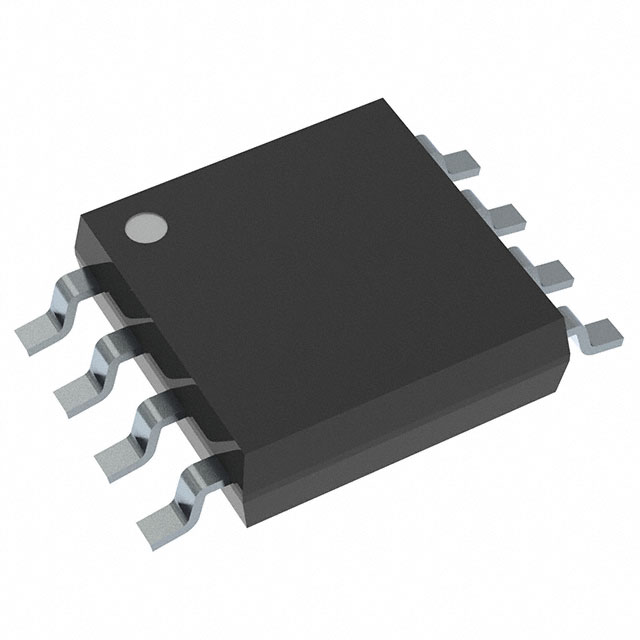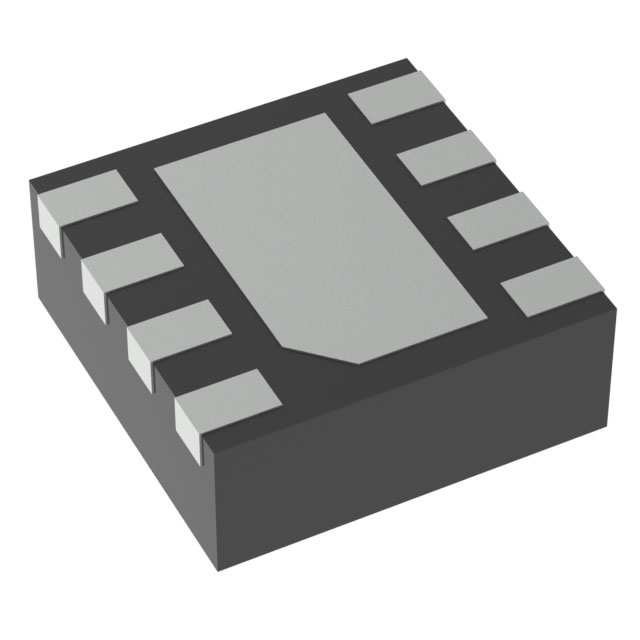NJM360M-TE3
Manufacturer No:
NJM360M-TE3
Manufacturer:
Description:
IC COMPARATOR 1 DIFF 8DMP
Datasheet:
Delivery:





Payment:




In Stock : 0
Please send RFQ , we will respond immediately.









NJM360M-TE3 Specifications
-
TypeParameter
-
Supplier Device Package8-DMP
-
Mounting TypeSurface Mount
-
Package / Case8-SOIC (0.197", 5.00mm Width)
-
Operating Temperature-40°C ~ 85°C
-
Hysteresis-
-
Propagation Delay (Max)-
-
CMRR, PSRR (Typ)-
-
Current - Quiescent (Max)32mA
-
Current - Output (Typ)20mA
-
Current - Input Bias (Max)20µA
-
Voltage - Input Offset (Max)5mV
-
Voltage - Supply, Single/Dual (±)4.5V, ±2.25V ~ 6.5V
-
Output TypeComplementary, TTL
-
Number of Elements1
-
TypeDifferential
-
PackagingTape & Reel (TR)
-
Product StatusObsolete
-
Series-
The NJM360M-TE3 is a specific model of integrated circuit chip manufactured by New Japan Radio Co., Ltd. It is a low-power, low-offset voltage operational amplifier. Here are some advantages and application scenarios of this chip:Advantages: 1. Low power consumption: The NJM360M-TE3 is designed to operate with low power requirements, making it suitable for battery-powered devices or applications where power efficiency is crucial. 2. Low offset voltage: It has a low input offset voltage, which ensures accurate and precise amplification of signals. 3. Wide operating voltage range: The chip can operate within a wide range of supply voltages, making it versatile for various applications. 4. Rail-to-rail input and output: It supports rail-to-rail input and output voltage range, allowing it to handle signals close to the power supply rails without distortion.Application scenarios: 1. Signal conditioning: The NJM360M-TE3 can be used in various signal conditioning applications, such as amplifying weak signals, filtering noise, or adjusting signal levels. 2. Sensor interfaces: It can be employed in sensor interfaces where accurate amplification and conditioning of sensor signals are required, such as in temperature sensors, pressure sensors, or strain gauges. 3. Portable devices: Due to its low power consumption, it is suitable for use in portable devices like smartphones, tablets, or wearable devices, where power efficiency is essential. 4. Audio amplification: The chip can be used in audio amplification circuits, such as headphone amplifiers or small audio systems, where low distortion and accurate amplification are desired. 5. Industrial automation: It can be utilized in industrial automation systems for signal processing, control, or measurement applications.It's important to note that the specific advantages and application scenarios may vary depending on the requirements and specifications of the overall system design.
NJM360M-TE3 Relevant information










